The ABBA effect: What hyperrealistic holograms mean for the workplace
Advancements in the core technology, demonstrated by ABBA Voyage, mean holograms could soon become instrumental in eliminating the very worst aspects of hybrid work


This article originally appeared in issue 31 of IT Pro 20/20, available here. To sign up to receive each new issue in your inbox, click here
Earlier this year, legendary Swedish pop group ABBA embarked on their first run of concerts for more than four decades. The ABBA Voyage reunion didn’t see its members return to the stage in-person, though, rather it gave rise to ‘ABBAtars’ – holographic projections of the four stars, as they appeared in 1977. Heralded for being hyperrealistic, these holograms perform alongside a ten-piece live band, blurring the lines between digital and reality.
The relevance of ABBA’s comeback tour for the world of enterprise IT might not be immediately obvious, but the critically-acclaimed show might have implications beyond London’s purpose-built ABBA Arena. This is a watershed moment for the once-clunky technology, which has proven capable of attracting 3,000 fans night after night. The potential use cases in wider society, particularly in the workplace, are now much more realistic.
Efforts to bring holograms to the workplace are ongoing, despite fresh interest in the metaverse. Google, last year, revealed Project Starline, an effort to create a video conferencing system with screens that give participants three-dimensional depth. WeWork, meanwhile, announced a partnership with ARHT Media, a hologram tech company, in May 2021 to create a 3D display system called the HoloPod to beam presenters into meetings they might otherwise not be able to attend. The aim is to bring holograms to 100 WeWork buildings in 16 locations around the world. This is on top of Cisco, last October, launching Webex Hologram for AR meetings.

Cisco's Webex Hologram in action
Despite failed attempts to establish workplace holograms in the past, the technology, while not yet commonplace, is a natural evolution of our current mobile-driven social and professional culture, according to Daniel Corazzi, CEO of virtual reality (VR) company Eyeora. “The use of holograms has been hugely successful to bring an immersive experience for the audience, and the opportunity for artists to reach new people,” Corazzi says of music. “Workplaces will eventually use holograms to engage with a wider audience and reach new people, just like in the music industry.”
Embracing holograms in the workplace
The office, and office culture, as we once knew it no longer exists. Following the mass shift to hybrid working, employees no longer congregate together five days a week, while in-person meetings have been largely replaced by video calls. Many organisations have also replaced legacy tools with cloud-based collaboration software that encourages people to work together regardless of location.
Sign up today and you will receive a free copy of our Future Focus 2025 report - the leading guidance on AI, cybersecurity and other IT challenges as per 700+ senior executives
RELATED RESOURCE
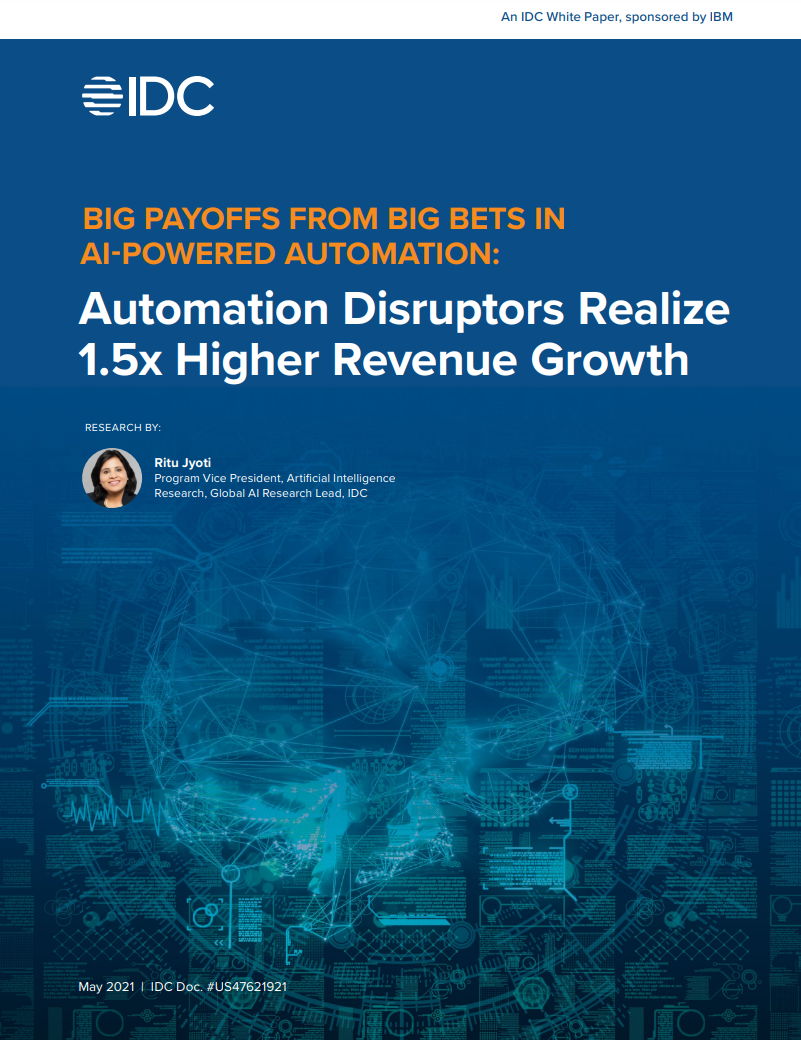
Big payoffs from big bets in AI-powered automation
Automation disruptors realise 1.5 x higher revenue growth
However, this shift, which accelerated during COVID-19, is causing fatigue among employees, who have grown tired of endless videoconferencing despite appreciating the benefits of more flexibility. Experts believe this is where hologram technology could come into its own, particularly due to its advancements over VR, which typically requires cumbersome hardware.
That’s a viewpoint shared by Dr David Lefevre, a professor of practice in management and entrepreneurship at the Imperial College Business School. Lefevre was recently involved in a groundbreaking project that saw Imperial College become the first school in the world to have live lectures delivered using holograms.
This project allowed lecturers and visiting speakers to appear as 3D, life-size entities within one of Imperial’s lecture theatres. Rather than simply projecting a prerecorded message, the technology allows those appearing to engage with their audiences in real-time, responding to audience reactions and taking questions via a camera link. Lefevre says this has led to greater flexibility for academics, and has enriched the learning experience for students. He believes hologram technology could bring similar benefits to the workplace.
“Holograms share the advantages of VR but without the need to wear a headset,” he tells IT Pro. Lefevre notes that, while the technology has not yet progressed far enough to enable broad adoption, the institution has found niche use cases, such as formal presentations.
“We have all now experienced the limitations of 2D communication conferencing technologies,” he continues. “Important components of the face-to-face experience are missing, meaning that communication can be less effective, and the sense of presence or connectedness is reduced. Holograms can plug this gap and enable people to interact at a distance but in an impactful manner.”
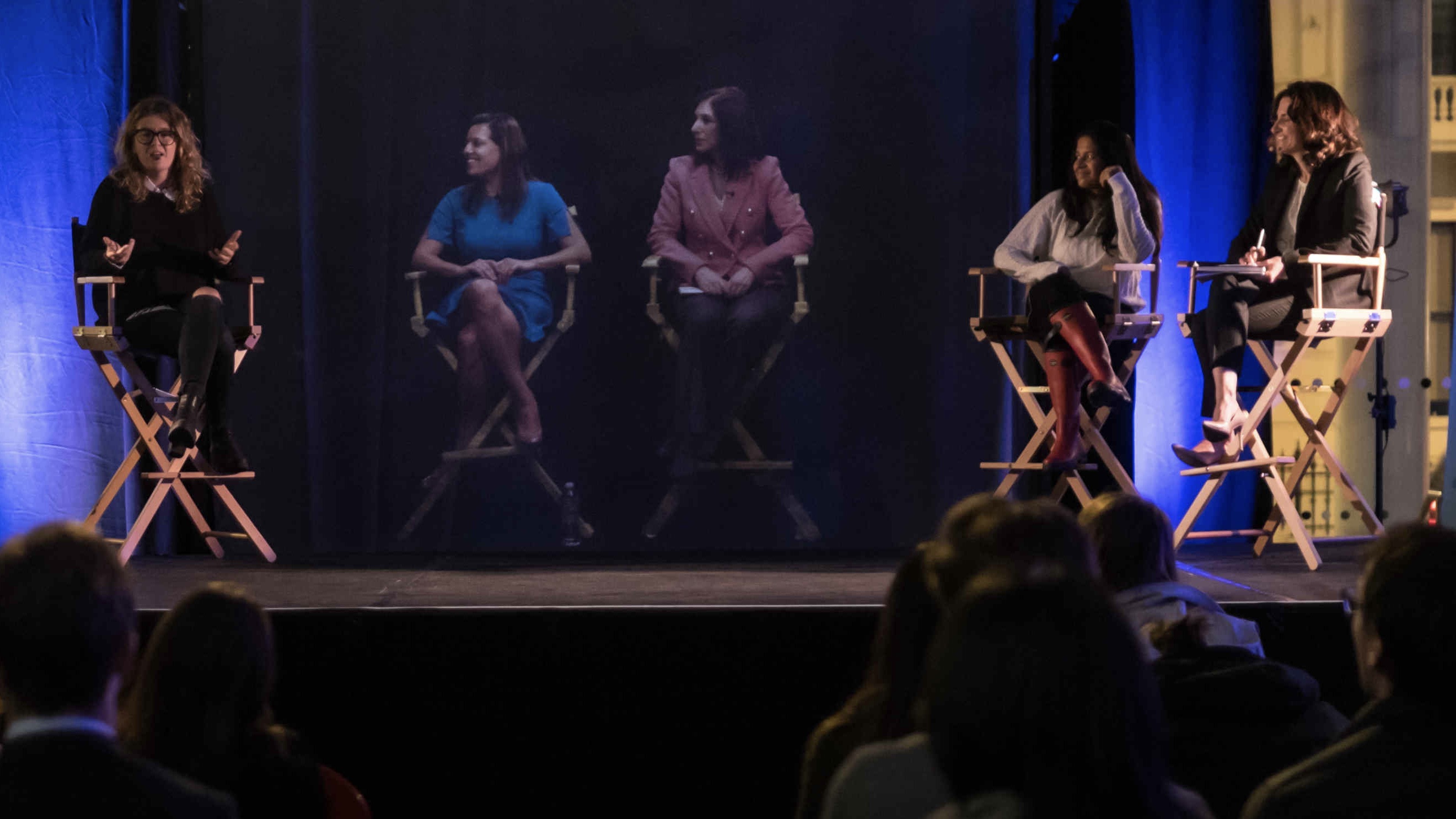
Imperial College London debuted a world-first lecture delivered by holograms in 2018
Like Lefevre, Corazzi expects hologram technology to, initially at least, enhance specific workplace functions rather than replace them altogether. “Holograms will be used to deliver client pitches, employee training or inductions, or showcase their latest products,” he tells IT Pro. “Holograms offer a powerful new way to connect, collaborate and engage with employees, clients, and prospects – anytime and anywhere.
“I think the hologram will be an extension as well as an evolution to the standard 2D screen, helping with body language and close to real-life attendance in some cases like meetings. Holograms will offer an immersive 3D virtual world where people can socialise – it’s really an extension of the real world that offers exciting opportunities to interact. However, it’s important for businesses to find a balance and apply the asset only when and where needed. In most cases, if physical content is needed in the workplace, then a hologram would not be suitable regardless.”
The challenges of enterprise holograms
Striking this “balance” that Corazzi speaks of might not be the only difficulty organisations need to process. There are fears the technology could further isolate employees who already have limited physical contact with their colleagues and employers. This means, according to Lefevre, that businesses need to ensure it’s used to enhance the ‘remote’ aspects of our working arrangements.
“I’m not convinced that people are keen to return to the office on a full-time basis. It currently seems likely hybrid working, and remote working, will remain common for the foreseeable future,” he says. “I believe that the continued practice of hybrid and remote working will lead to a number of challenges, one of which will be an increase in employees’ sense of isolation.
“However, the most powerful driver supporting this trend is the increase in flexibility that is valued by employers and employees alike. Hologram technology will act as one driver of such practice but not to the same degree. It is more likely to act as an enhancing technology.”
Holograms, he believes, would no more isolate employees than the mobile, laptop or workstation hardware used today to access the workplace remotely. Once businesses understand when it can bring value to employees, using a holographic asset will enable better collaboration, and more interactive training in the workplace, regardless of where the teams are based.
Carly Page is a freelance technology journalist, editor and copywriter specialising in cyber security, B2B, and consumer technology. She has more than a decade of experience in the industry and has written for a range of publications including Forbes, IT Pro, the Metro, TechRadar, TechCrunch, TES, and WIRED, as well as offering copywriting and consultancy services.
Prior to entering the weird and wonderful world of freelance journalism, Carly served as editor of tech tabloid The INQUIRER from 2012 and 2019. She is also a graduate of the University of Lincoln, where she earned a degree in journalism.
You can check out Carly's ramblings (and her dog) on Twitter, or email her at hello@carlypagewrites.co.uk.
-
 OpenAI's 'Skills in Codex' service aims to supercharge agent efficiency for developers
OpenAI's 'Skills in Codex' service aims to supercharge agent efficiency for developersNews The Skills in Codex service will provide users with a package of handy instructions and scripts to tweak and fine-tune agents for specific tasks.
-
 Cloud infrastructure spending hit $102.6 billion in Q3 2025
Cloud infrastructure spending hit $102.6 billion in Q3 2025News Hyperscalers are increasingly offering platform-level capabilities that support multi-model deployment and the reliable operation of AI agents
-
 Achieving business outcomes with generative AI
Achieving business outcomes with generative AIWebinar Take your hybrid cloud journey to the next level with generative AI
-
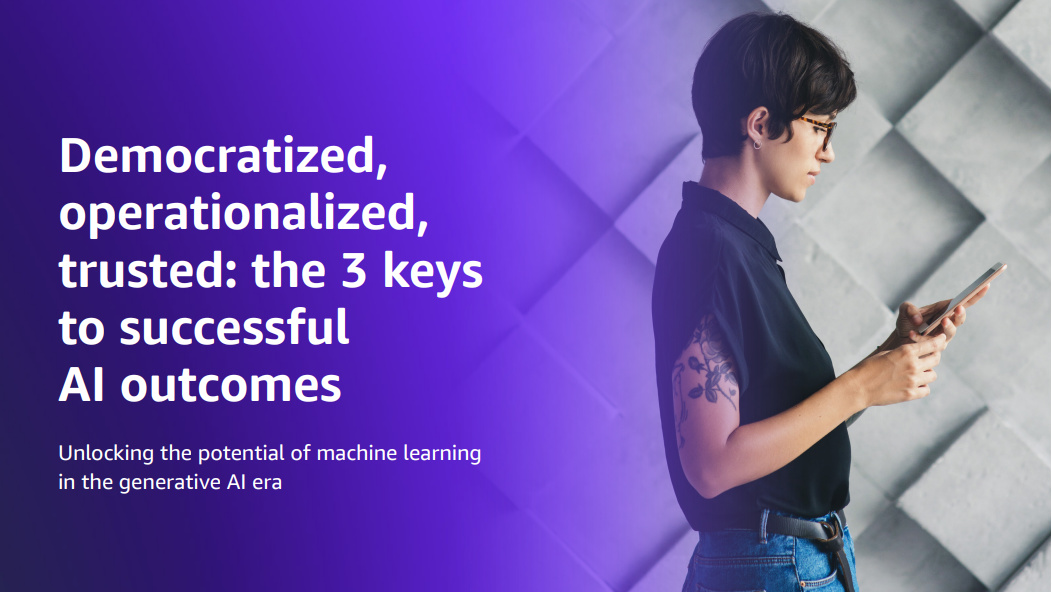 The three keys to successful AI and ML outcomes
The three keys to successful AI and ML outcomesWhitepaper Unlocking the potential of machine learning in the generative AI era
-
 Clarity of AI implementation is a primary concern for UK employees
Clarity of AI implementation is a primary concern for UK employeesNew research finds workers are enthusiastic about implementing AI but are in the dark over how it will happen
-
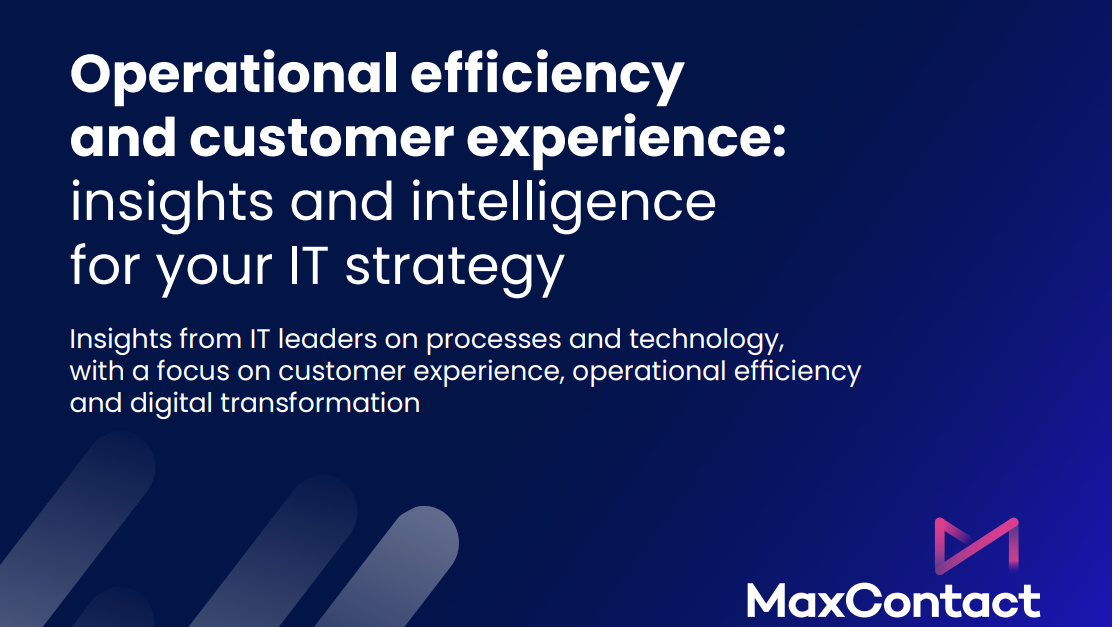 Operational efficiency and customer experience: Insights and intelligence for your IT strategy
Operational efficiency and customer experience: Insights and intelligence for your IT strategyWhitepaper Insights from IT leaders on processes and technology, with a focus on customer experience, operational efficiency, and digital transformation
-
 The four pillars of excellence for technology leaders
The four pillars of excellence for technology leaderswhitepaper Download this CIOs business case for integration and automation
-
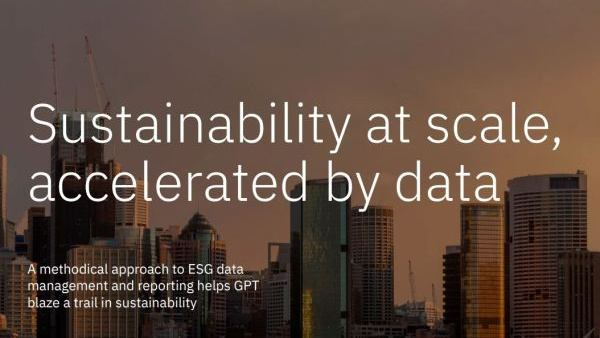 Sustainability at scale, accelerated by data
Sustainability at scale, accelerated by dataWhitepaper A methodical approach to ESG data management and reporting helps GPT blaze a trail in sustainability
-
 Bing and Edge AI hits open preview, with chat history and multimodal promise
Bing and Edge AI hits open preview, with chat history and multimodal promiseNews Bing and Edge have been given a visual boost, and will now support third-party integration
-
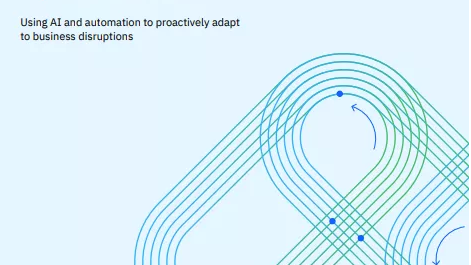 How to help IT manage itself with autonomous operations
How to help IT manage itself with autonomous operationsWhitepaper Using AI and automation to proactively adapt to business disruptions
